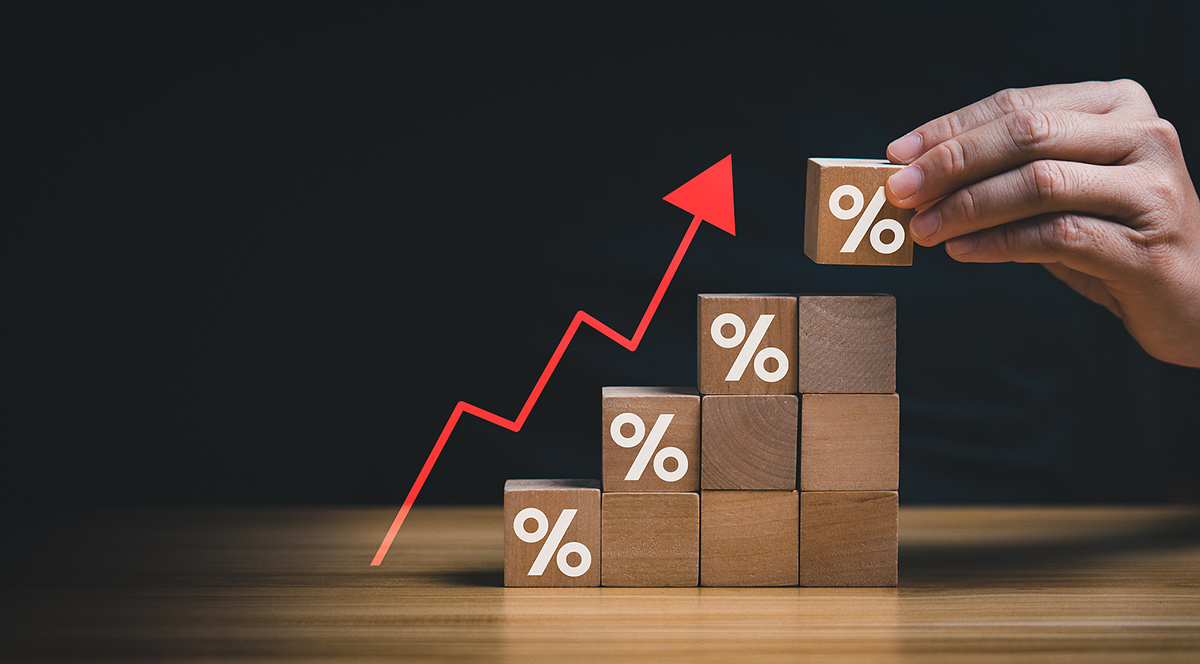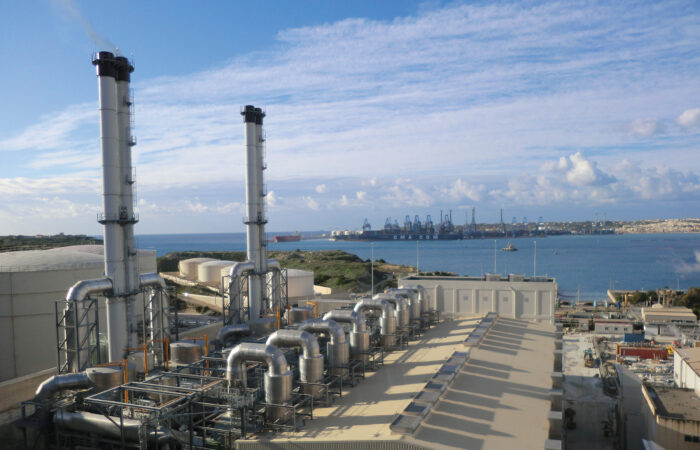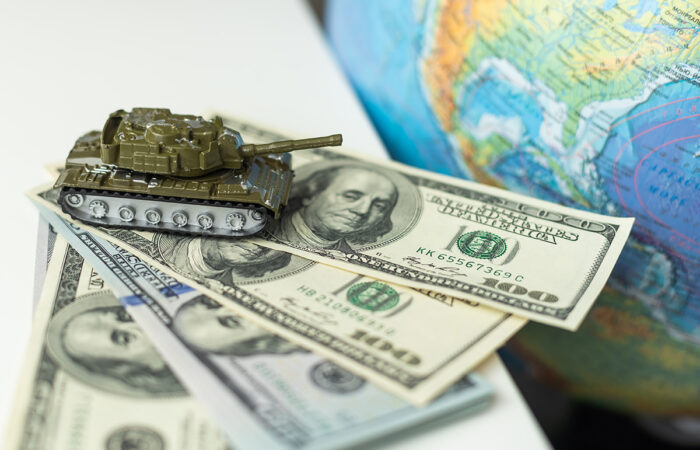Ioannis Tirkides*
The economic environment has been relatively fluid in recent weeks and months. Headline inflation has declined, while core inflation has remained uncomfortably high. In Europe, economic activity continued to slow, with some member states entering a technical recession in the second quarter. The Federal Reserve paused its rate hike in July, while the ECB continued to raise rates. While central banks may be nearing the end of their tightening cycles, monetary policy is unlikely to be reversed as soon as markets now expect. At the other end of the yield curve, long-term interest rates have risen, perhaps reflecting uncomfortable truths about the stubborn nature of inflation, global uncertainties about war and geopolitical rivalries, including recent developments with the BRICS group – Brazil, Russia, India, China, and South Africa. In Cyprus, the economy slowed more than expected in the first half of the year, but much less than its European peers, even after adjusting for an above-average contribution from tourism. In this article, we take stock of recent developments and long-term influences.
Growth is slowing
Rising interest rates and widespread uncertainty have started to take their toll on economic activity. In the euro area, for example, real GDP growth fell from an annual rate of 3.5% in 2022 to 1.1% in the first quarter of 2023 and 0.6% in the second quarter.
In the United States, however, growth accelerated slightly to 2.6% in the second quarter from 1.8% in the first, according to the Bureau of Economic Analysis. The difference in growth between the two quarters was driven by investment spending, which added an extra percentage point to output growth, with fixed investment and inventory accumulation being roughly equally responsible.
Growth in Cyprus in the first half of the year was among the strongest in Europe, at 3.2 % in the first quarter and 2.3 % in the second. The economy is expected to slow further in the third and fourth quarters to an average annual rate of 2.4%, which is broadly in line with the outlook for the economy in a number of forecasts, including those of the IMF and the European Commission. What this growth doesn’t directly reflect, however, is the strength or weakness at a sectoral level. Growth is somewhat skewed towards services, and in particular tourism over this period. Growth in 2022-23 includes a bias associated with the continued recovery of the tourism sector after the collapse in the pandemic years. Tourism activity rebounded strongly in 2022, with arrivals actually rising to almost 80 per cent of their peak level in 2019, the year before the outbreak. For the same reason, tourism continues to make an above-average contribution to annual growth in 2023, which means that if tourism is excluded from the calculation, growth in the remaining sectors will be lower than overall growth.
Core inflation remains sticky
Tackling inflation is proving more difficult as core inflation remains stubbornly high. In the United States, for example, headline inflation was 2.9% in June and 5.1% on a twelve-month average. But core inflation was 4.2% in June and 4.8% over the twelve months, only marginally lower than its peak of 5.2% in October 2022. In Europe, core inflation is even more intractable. In the euro area, headline inflation was 5.3% in July and core inflation was 5.5%. On a 12-month basis, headline inflation was 8% and core was 5.3%, the highest so far. This is uncomfortable for the ECB, which is likely to tighten by a further 25 basis points at its September meeting. In Cyprus, headline inflation fell to 2.4% in July thanks to lower oil prices year-on-year, and core inflation was 3.5% and 5.1% on a 12-month basis.
There are two main types of inflation, demand-driven and supply-driven. And war is typically inflationary because it creates supply shortages and is disruptive in a number of ways, including by diverting resources away from civilian uses. Monetary policy is less suited to tackling the latter type of shortage-driven inflation without causing a major recession. In fact, raising interest rates when inflation is supply-driven may backfire and make things worse. Interest costs are part of companies’ expenses and, as they are passed on, they make core inflation stickier. Inflation is likely to fall further in coming months and quarters as economic activity slows further, but the longer-term outlook is less reassuring.
Rising long-term interest rates
Perhaps the most significant development in the current circumstances has been the continued rise in long-term interest rates in advanced countries, despite the softening economic outlook. In the United States, 10-year Treasury yields have risen from 3.4% in April to 4.1% at the end of August, having bottomed out at around 0.5% in July 2020. Similarly, in the euro area, 10-year yields rose from 2.6% in December 2022 to 3.3% at the end of August, after bottoming out at -0.24% in December 2020. Yield curves remain inverted as short-term rates are significantly higher. The Fed Funds rate in the United States is currently at 5.25%, while in Europe the ECB’s minimum refinancing operations rate is at 4.25%. These are the respective central bank policy rates that were zero in March 2022, when the Federal Reserve began its tightening cycle.
We also expect long-term interest rates to continue to rise as bond markets largely discount several factors. The ageing population is slowing the growth of the labour force, limiting the economy’s growth potential. Government deficits are rising due to increased spending on climate change and higher defence budgets. Debt ratios and the cost of servicing them are rising. All of these factors increase financing needs. The reduced appetite of China and other countries to hold foreign bonds, especially US bonds, is reducing demand. At the same time, central banks are still constrained by bloated balance sheets. This trend will continue until growth stagnates or a recession occurs.
The US debt problem
The United States, in particular, is in a precarious position in the present circumstances, with a large and growing debt, rising interest costs and therefore a massive bond market that is becoming increasingly difficult to finance. With $32 trillion of debt and rising by about $2 trillion a year, new debt issuance in the US is excessive relative to a waning absorptive capacity for the reasons outlined above, pushing up long-term interest rates.
Importantly, the international demand for US debt is largely institutional, stemming as it does from the reserve currency status of the dollar. The SWIFT payment system, for example, cannot function without a reserve currency. When countries are excluded from it, as Russia is today, and when other countries, such as China and trading partners, seek to bypass it in their international transactions, the demand for dollars falls. As other countries buy less US debt because they don’t need it or choose not to for political and other reasons, the pressure will shift internally, first to the primary brokers and eventually to the Federal Reserve, which will be forced to monetise more of the debt. The result will be higher inflation and higher long-term interest rates. As long as international demand for US debt remains weak, there will be upward pressure on long-term interest rates.
Last word
In a geopolitical development, the fifteenth BRICS summit has just ended, and the group is getting bigger. On 1 January 2024, six countries – Argentina, Egypt, Ethiopia, Iran, Saudi Arabia, and the United Arab Emirates – will officially become new members. Their combined GDP, population and trade volumes exceed those of the G7, reflecting the changing geopolitical balance. The BRICS leaders also agreed that their finance ministers and central bank governors would examine payment systems, with the explicit intention of creating a settlement arrangement that would not be an alternative reserve currency but would allow them to bypass the dollar in transactions and investment flows between them. A diminished role for the dollar will also gradually erode its global reserve status. The dynamics of the past decade will be turned upside down, with inflation higher than recent historical averages and long-term interest rates likewise higher.
*Ioannis Tirkides is the Economics Research Manager at Bank of Cyprus and President of the Cyprus Economic Society. Views expressed are personal.




